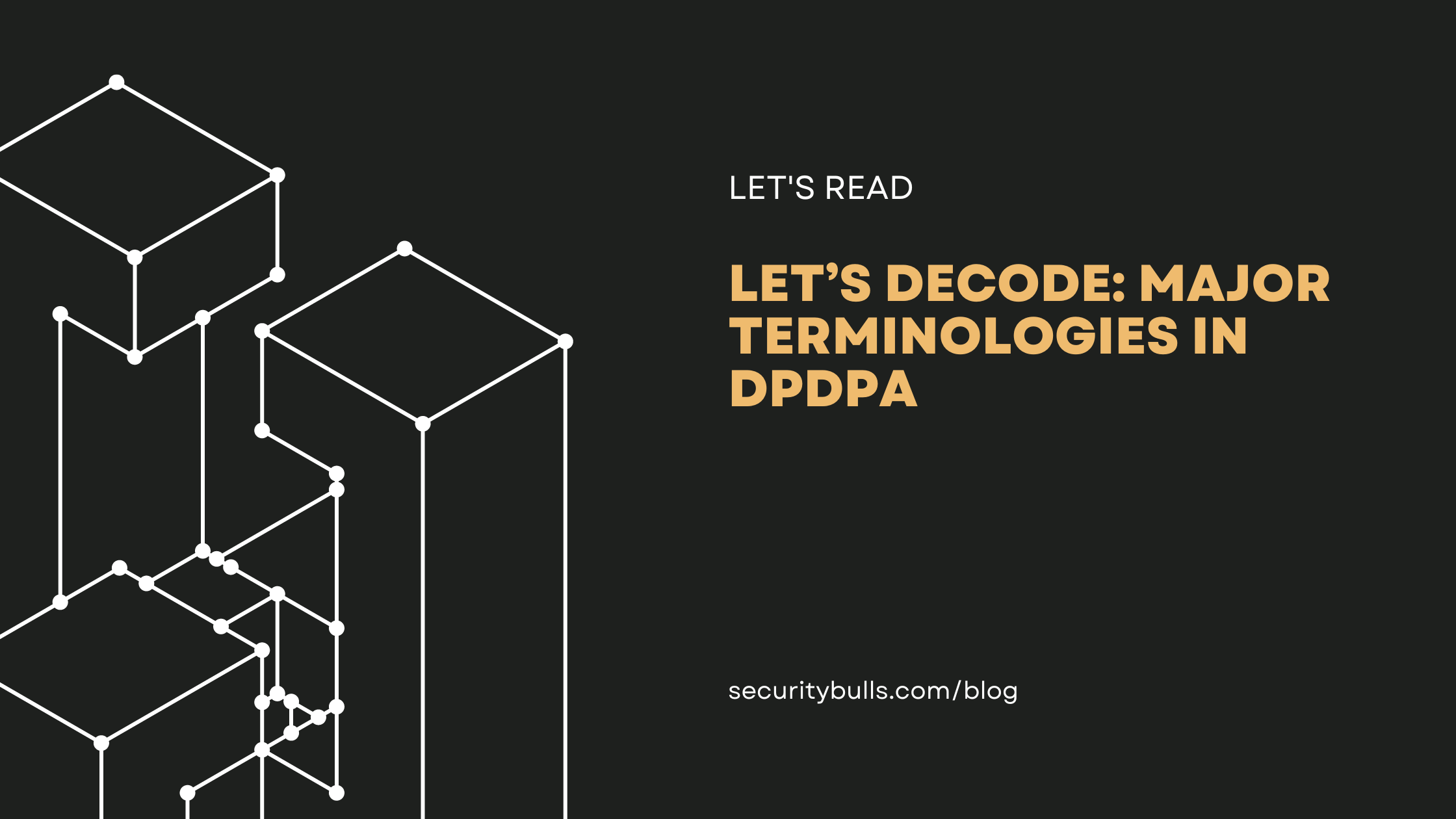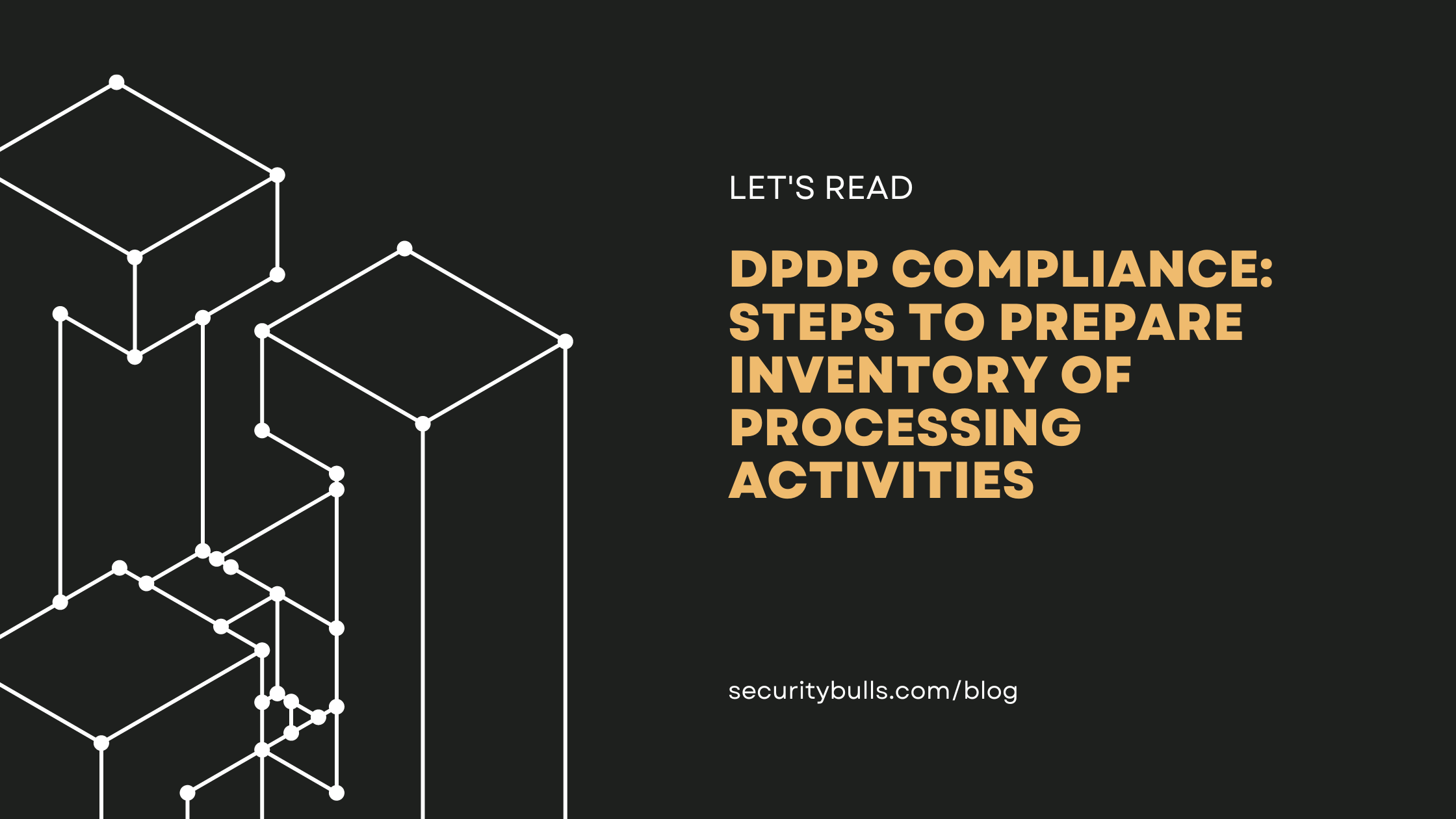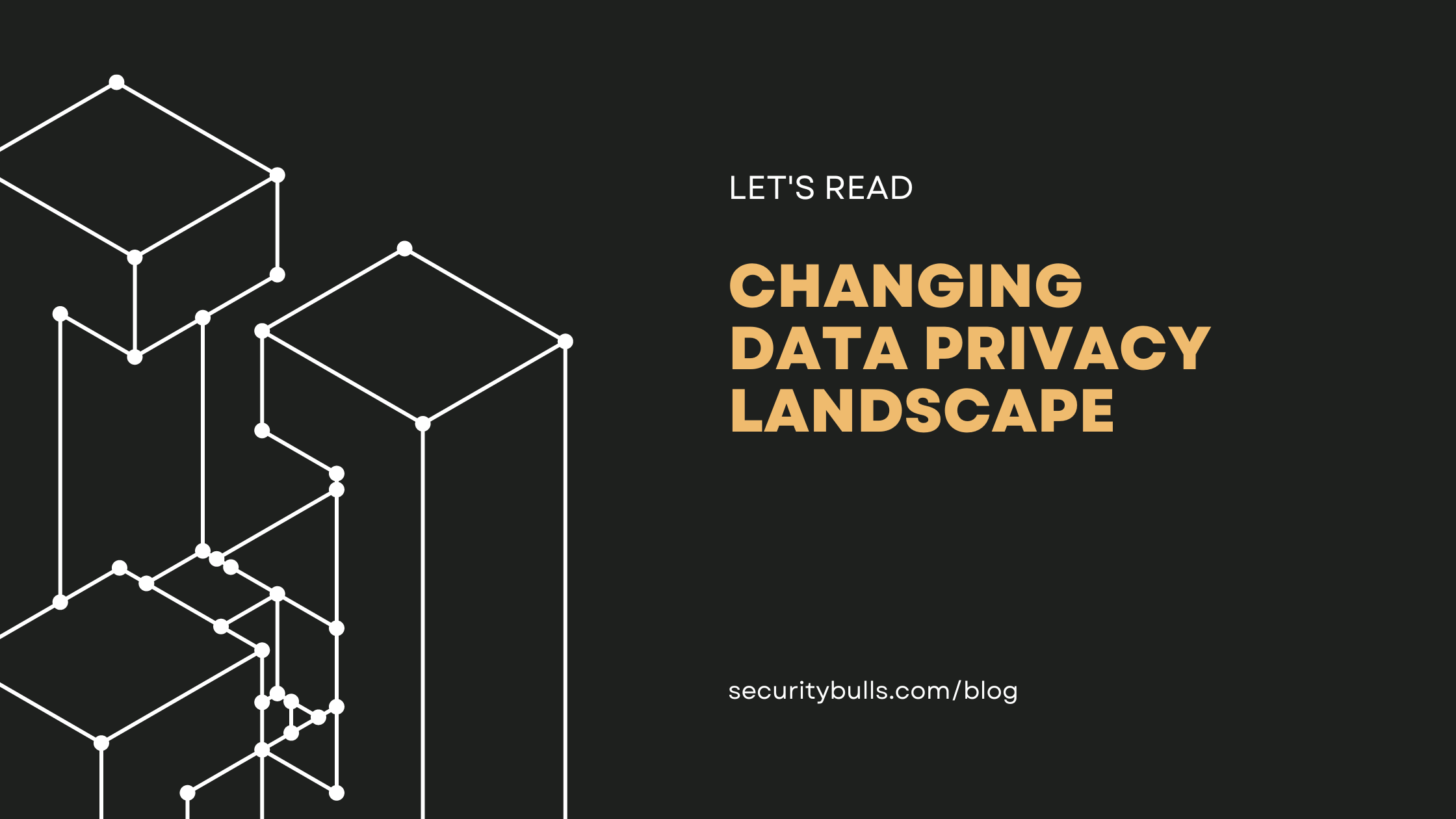The phrase “policy-making exercise” can bring to mind long, tedious meetings and even longer documents filled with dull legal jargon. But when it comes to ISO 27001, a standard for information security management systems (ISMS), the phrase definitely doesn’t do it justice. In fact, ISO 27001 is a lot more than just making policies – it’s a powerful tool for any organization serious about protecting its data. Let’s take a look at why.
ISO 27001 helps organizations prioritize their most important data assets and better understand the threats they are facing—and as we all know, knowledge is power. By using ISO 27001, companies can identify their greatest risks and work towards mitigating them in order to protect their data assets. It also allows organizations to implement efficient security processes that can be adapted as needed over time, instead of relying on outdated methods such as passwords or firewall rules that may not actually be effective in today’s ever-evolving cyber threat landscape.
Moreover, ISO 27001 isn’t just about protection from external threats; it also helps organizations develop an internal culture of security awareness by ensuring that employees are given the necessary training and education about how to handle sensitive data responsibly and securely. This means employees will have the skills they need to spot potential threats before they become catastrophes, as well as know what steps should be taken if a breach does occur. And since cybercrime is only growing in sophistication and reach, having this kind of awareness among your staff is invaluable.
ISO 27001 is a continuous process that requires ongoing commitment and effort from an organization. It is not just a one-time exercise, but rather a continuous cycle of planning, implementing, monitoring, reviewing, and improving the ISMS.
The first step in implementing ISO 27001 is to conduct a risk assessment. This is a process of identifying potential vulnerabilities and threats to the organization’s information security. This is an important step as it helps an organization to understand the risks it is facing and to prioritize the controls that need to be put in place to mitigate those risks.
Once the risks have been identified, an organization needs to develop a comprehensive information security policy that outlines the organization’s commitment to information security and the measures that will be taken to protect sensitive information. This policy should be communicated to all employees and should be reviewed and updated regularly.
The next step is to implement the necessary controls and procedures to protect information and comply with regulations and industry standards. This includes implementing technical controls, such as firewalls and intrusion detection systems, as well as organizational controls, such as access controls and incident management procedures.
Once the controls have been implemented, an organization needs to continuously monitor and evaluate the effectiveness of the ISMS and make any necessary adjustments. This includes regularly reviewing the security policy and procedures, conducting regular security audits, and updating the ISMS to reflect changes in the organization’s environment.
It’s also important to note that ISO 27001 compliance doesn’t stop at just being certified. Organizations need to maintain their compliance and regularly update the ISMS to stay current with the latest threats and changes in the information security environment.
In conclusion, ISO 27001 is not merely a regulatory framework but a crucial strategy for enhancing information security management. Securitybulls offers expert guidance in navigating the complexities of ISO 27001 certification, from initial risk assessment to ongoing ISMS improvement. Partnering with Securitybulls ensures your organization not only achieves but sustains robust security measures and compliance, effectively protecting against evolving cyber threats.




